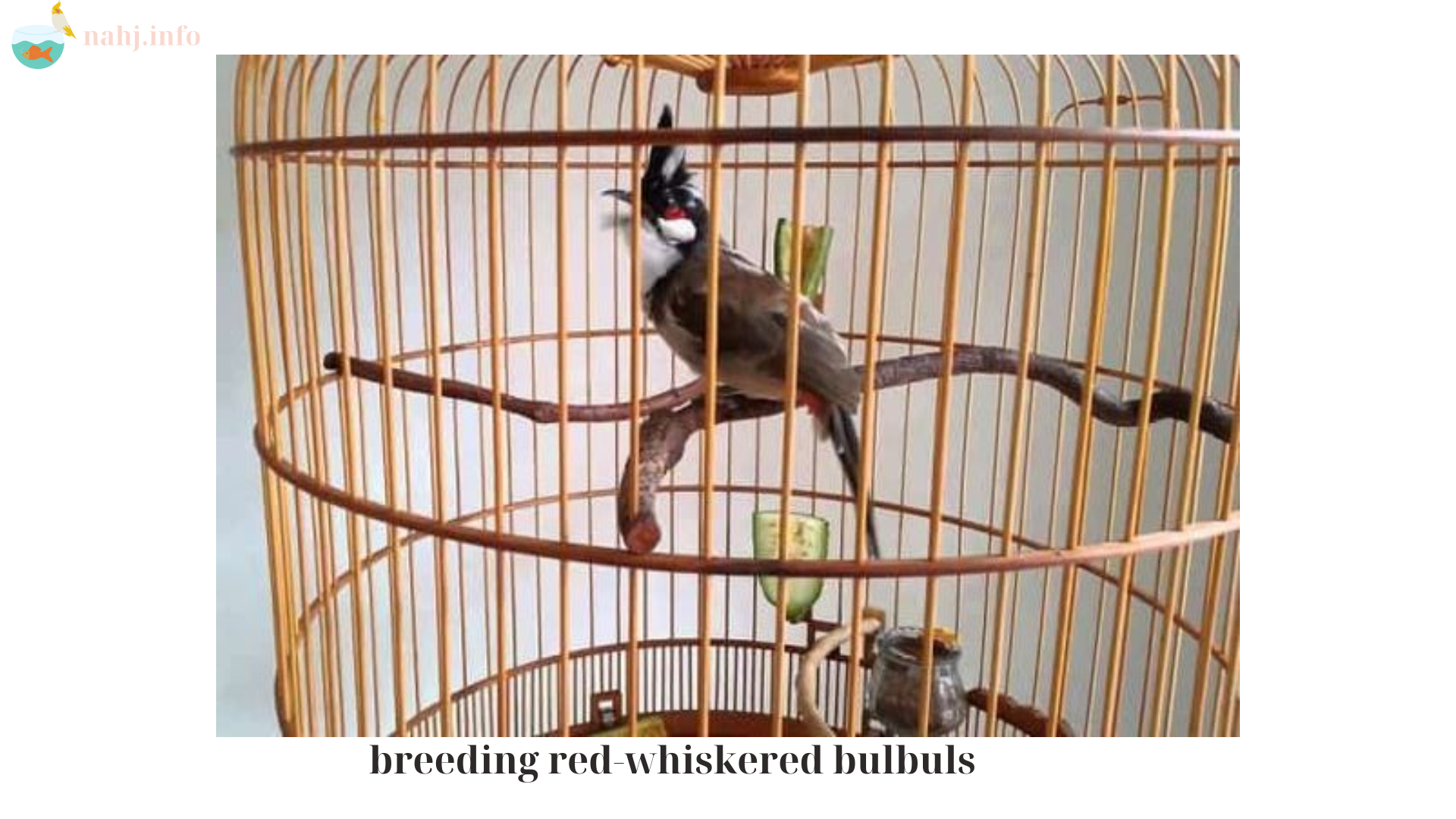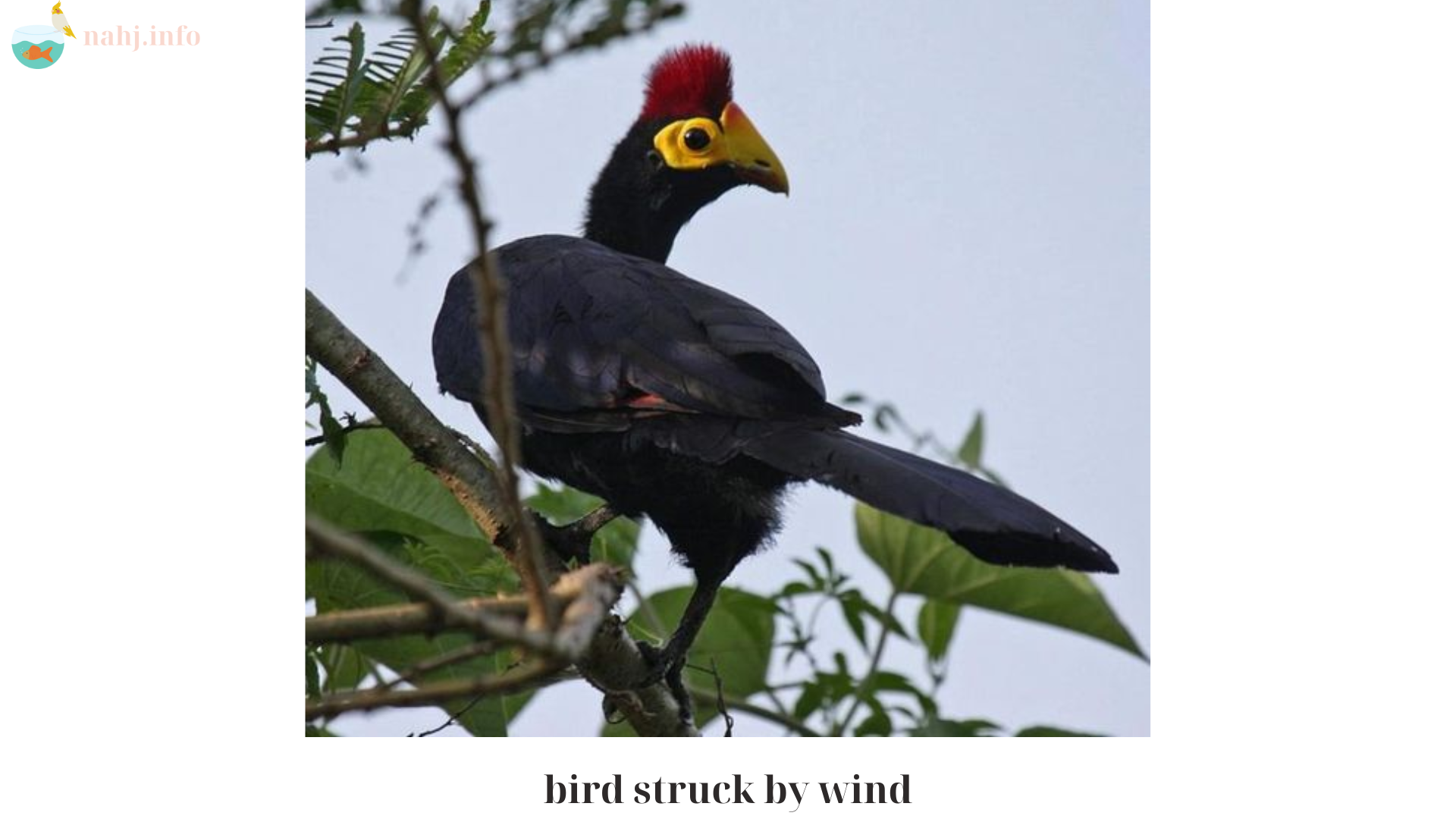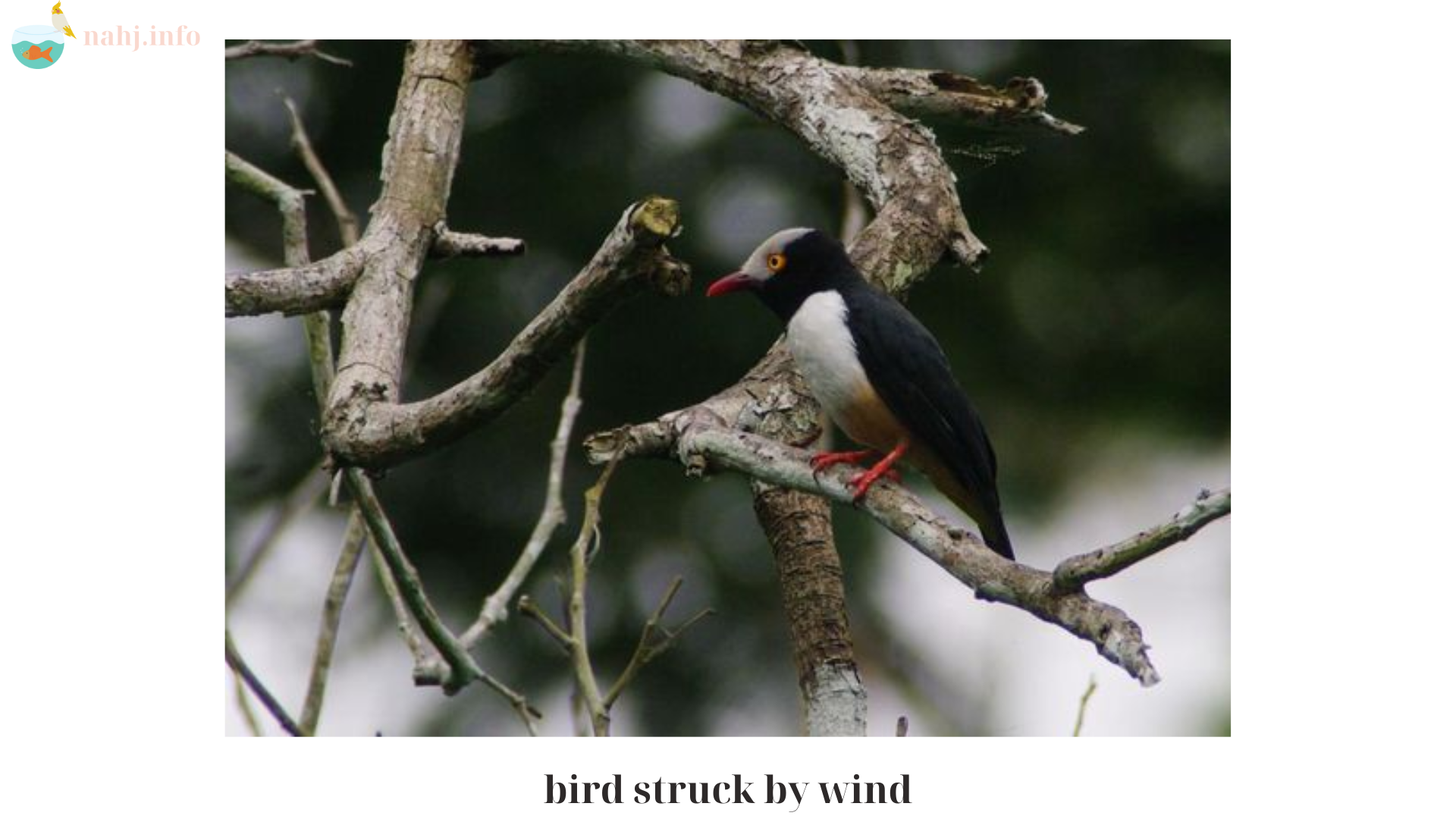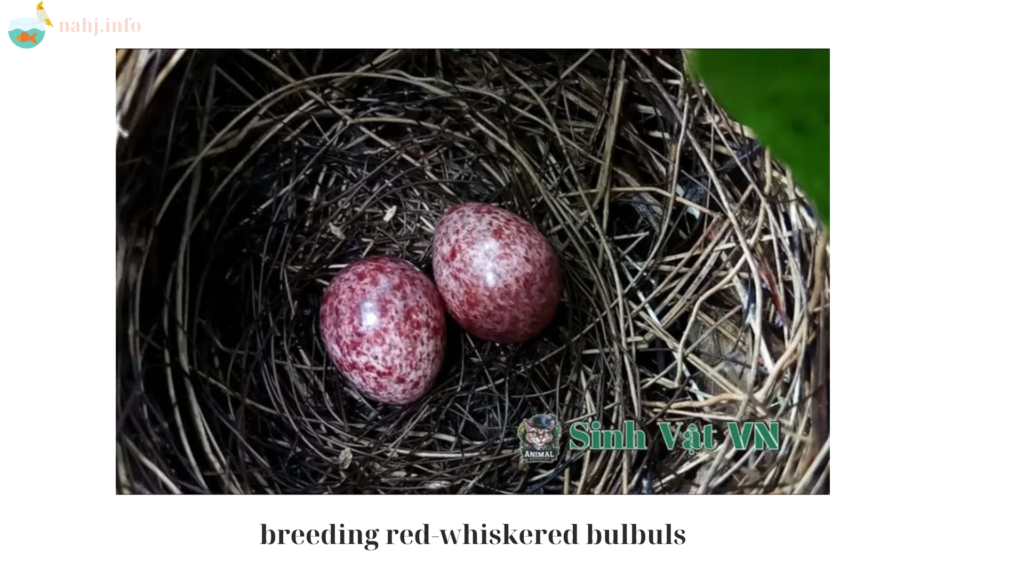Breeding red-whiskered bulbuls (Pycnonotus jocosus) can be a rewarding experience for bird enthusiasts these lively, melodious birds are known for their distinctive appearance, with a striking combination of red whiskers, a black crest, and white underparts. Whether you are a seasoned aviculturist or a beginner understanding the intricacies of breeding red-whiskered bulbuls is essential to ensure the health and well-being of these beautiful creatures. Nahj will cover everything you need to know, from preparing the environment to caring for the chicks.
Table of Contents
ToggleBreeding Red-Whiskered Bulbuls: A Comprehensive Guide

Characteristics and Behavior
Red-whiskered bulbuls are medium-sized birds, typically measuring about 20 cm in length. They have a black crest on their head, white cheeks, and a red patch below each eye, which gives them their name. These birds are social and often found in pairs or small groups.
In the wild, they inhabit a variety of environments, from forests to urban gardens, across South and Southeast Asia. They are known for their melodious calls, which they use for communication and mating purposes.
Natural Breeding Habits
Red-whiskered bulbuls usually breed during the warmer months, from late spring to early autumn. They build their nests in shrubs or trees, using twigs, leaves, and other plant materials. The female typically lays 2-3 eggs per clutch, which are incubated for about 12-14 days before hatching.
Setting Up the Breeding Environment
Choosing the Right Cage
To successfully breed red-whiskered bulbuls, it is crucial to provide them with an appropriate environment. A spacious cage or aviary is ideal, allowing the birds ample room to fly and exercise. The cage should be at least 1.5 meters in height, length, and width to accommodate their active nature.
Providing Nesting Materials
Offer a variety of nesting materials, such as coconut fibers, dried grass, and soft leaves. These materials should be placed in the cage, allowing the birds to select and build their nests naturally. Providing a few different nesting sites within the enclosure can also encourage breeding behavior.
Creating a Comfortable Environment

Maintain a stable temperature and humidity level within the enclosure, mimicking their natural habitat. A temperature range of 20-30°C (68-86°F) and humidity level of around 50-70% is ideal. Ensure the cage is placed in a quiet, low-traffic area to minimize stress.
Lighting
Red-whiskered bulbuls need a consistent light-dark cycle to stimulate breeding. Provide 12-14 hours of light per day using natural sunlight or full-spectrum artificial lighting.
Diet and Nutrition
Balanced Diet
A well-balanced diet is essential for the health and breeding success of red-whiskered bulbuls. Their diet should consist of a variety of fresh fruits, such as apples, bananas, and berries, along with insects like mealworms and crickets for protein. Additionally, offer a high-quality seed mix specifically formulated for bulbuls or softbill birds.
Supplements
Provide calcium supplements to support egg production and prevent deficiencies. Cuttlebone or crushed eggshells are excellent sources of calcium and can be placed in the cage for the birds to peck at.
Fresh Water
Ensure a constant supply of fresh, clean water for drinking and bathing. Regularly change the water to prevent contamination and promote good hygiene.
Mating and Breeding
Courtship Behavior
Observing the courtship behavior of red-whiskered bulbuls can be fascinating. Males often perform elaborate displays, such as puffing up their feathers, singing, and offering food to the female. If the female is receptive, she will respond by engaging in similar behaviors.
Nest Building
Once the pair has bonded, they will begin building their nest. Provide ample nesting materials and monitor the process to ensure they have everything they need. The nest should be sturdy and well-constructed to protect the eggs and chicks.
Egg Laying and Incubation
The female will lay 2-3 eggs, which she will incubate for approximately 12-14 days. During this period, it is essential to minimize disturbances to avoid stressing the birds. The male may assist with incubation and feeding the female.
Raising the Chicks

Hatching
After about two weeks, the eggs will hatch, and the chicks will emerge. They are altricial, meaning they are born naked and helpless, relying entirely on their parents for warmth and food.
Feeding the Chicks
Both parents will participate in feeding the chicks a diet rich in protein. Offer small insects, mashed fruits, and a soft food mix to ensure the chicks receive adequate nutrition. Feed them every 2-3 hours during the day to support their rapid growth.
Growth and Development
The chicks will grow quickly, developing feathers within a few weeks. Continue providing a varied diet to support their development. Monitor their progress and ensure they are gaining weight and developing normally.
Fledging
At around 3-4 weeks of age, the chicks will begin to fledge, or leave the nest. They will start exploring the enclosure and practicing flying. Continue providing a nutritious diet and fresh water to support their transition to independence.
Common Challenges and Solutions
Infertility
Infertility can be a common issue in captive breeding. Ensure the birds are healthy, well-nourished, and have access to an appropriate environment. If infertility persists, consult an avian veterinarian for advice.
Parental Neglect
In some cases, parents may neglect their chicks. If this occurs, you may need to intervene and hand-rear the chicks. This requires a significant commitment and experience in hand-feeding baby birds.
Health Issues
Regularly monitor the health of your birds and watch for signs of illness, such as lethargy, changes in appetite, or abnormal droppings. Consult an avian veterinarian if you notice any health concerns.
Conclusion
Breeding red-whiskered bulbuls can be a fulfilling and educational experience. By providing a suitable environment, balanced diet, and proper care, you can successfully breed these delightful birds and enjoy their captivating behaviors. Remember to be patient and attentive, as breeding and raising chicks requires dedication and effort. With the right approach, you can contribute to the conservation and appreciation of red-whiskered bulbuls while enjoying the process of aviculture.

